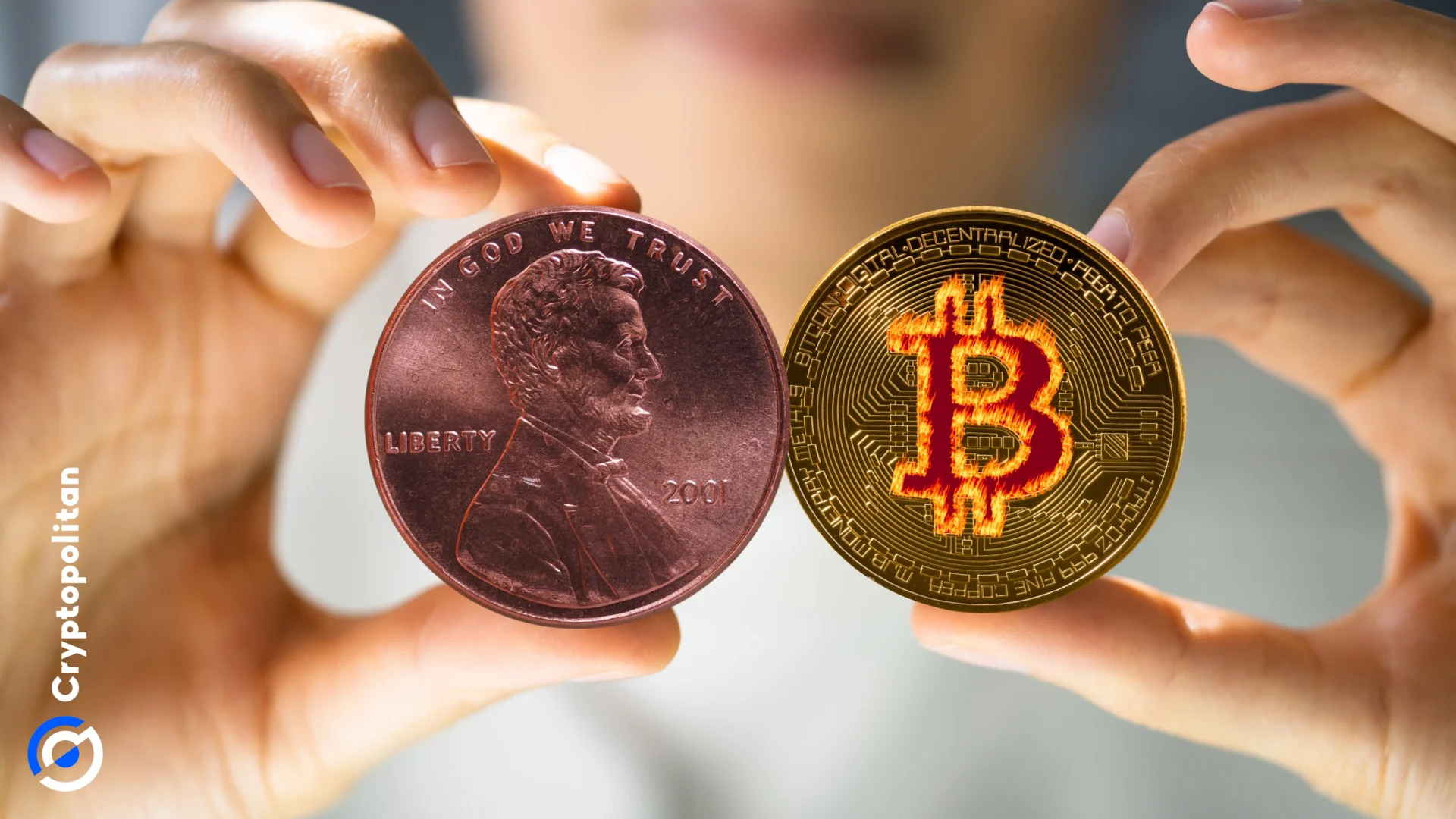Blockchains have started to achieve price-to-revenue ratios similar to traditional company stocks. Incentives and rewards for block production are the largest expenses, while apps with lucrative fee structures provide revenues.
Most blockchains have an inevitable need to compensate miners or block operators, often with significant incentives. At the same time, blockchains may struggle to attract liquidity, real users, and sustainable fees. The ability of L1 or L2 chains to generate revenues also hinges on factors like token tax, user base size, trading fees, chain-specific bribes, or expenses.
Revenue and expenses on blockchains
Chains themselves do not post balances. However, anyone can estimate the value of a network by measuring its ratio of incentives to earnings.
The ability to generate fees and promote use cases is an indicator that a project has a higher chance of surviving in the long term. Ghost blockchains with no usage only pay miners or validators, and their native assets are usually sold on the open market for profits.
A blockchain that draws in significant fees supports the native token, which is needed for all operations. Utility tokens usually command more stable prices. The presence of fee-generating apps and liquidity inflows also keeps the native token within the ecosystem.
Almost all successful chains already host fat-fee apps, including DEXes, DeFi lending, some types of games, or NFT marketplaces. Depending on block rewards, the cost of running the network also varies between L1 chains.
There is no consensus yet for the right mix of incentives and revenues. For some, high incentives for validators are a form of rent-seeking for early token holders. Other apps apply exorbitant fees or token tax, taking their revenues from end users. Other apps and blockchains create the need for bribes or MEV fees for block inclusion, playing on scarcity to increase income.
Solana has the least favorable cost of operation
As of 2024, the most expensive network to run is Solana, due to the large daily payouts to validators. TRON has the most favorable ratio as estimated by CryptoRank, with additional data from Artemis.
TRON also has the most favorable revenue per user of $3.44, followed by Ethereum at $3.14. Revenue per user also hinges on the use cases of a specific blockchain. Some, like Binance Smart Chain, win on metrics of active wallets, but revenue per user stands at just $0.03.
Other blockchains may have temporary, specific expenses, as in the case of Taiko. The L2 chain pays exorbitant fees for hosting its data on Ethereum, in a bid to achieve higher speeds and instant validation.
Other L2, including Arbitrum, ZK Sync, Base, Blast and OP Mainnet, have varying costs of revenue, based on their need to pay blob fees. The networks may actually increase both activity and expenses at the same time, achieving a less favorable ratio of earnings to payments.
Token-based projects face the issue of maintaining treasuries for using the Ethereum ecosystem. With time, the need to pay blob fees may start to cut into the protocol’s ability to scale.
Revenue and tokenomics are not fixed and can be updated. Currently, Ethereum has a favorable cost structure, even more favorable than that of Polygon.
Some blockchains spent years giving away incentives, even before they had a viable app ecosystem. Others, launched late, achieved a more favorable ratio, with no need to incentivize node operators.
In the case of Arbitrum, the incentives came in the form of early airdrops, in exchange for using the ecosystem and paying fees into it. Over the years, the trend shifted from large payouts for early adoption into lightweight blockchains with fat fee apps.
Making it cheap for apps to operate on a given chain also meant more readiness among developers to choose the network. On the contrary, high transaction fees or upfront investments in nodes stall the progress of app building.
Apps also have specific cost of revenues, creating a disparity between apps with heavy incentives and those with organic usage and growth. Apps with almost no expenses include the Tether smart contract, as well as Pump.fun, which retains most of its revenues. Other low-cost, fat fee apps include Uniswap, Lido and Aave.
For some apps, however, there is the upfront cost of locking up liquidity or staking ETH or other tokens.
Even Coinbase shows a disparity of fees from its various activities. While trading fees are one of the top sources of income, custody and stablecoins increase revenues more readily, at a small extra cost.
Cryptopolitan reporting by Hristina Vasileva





